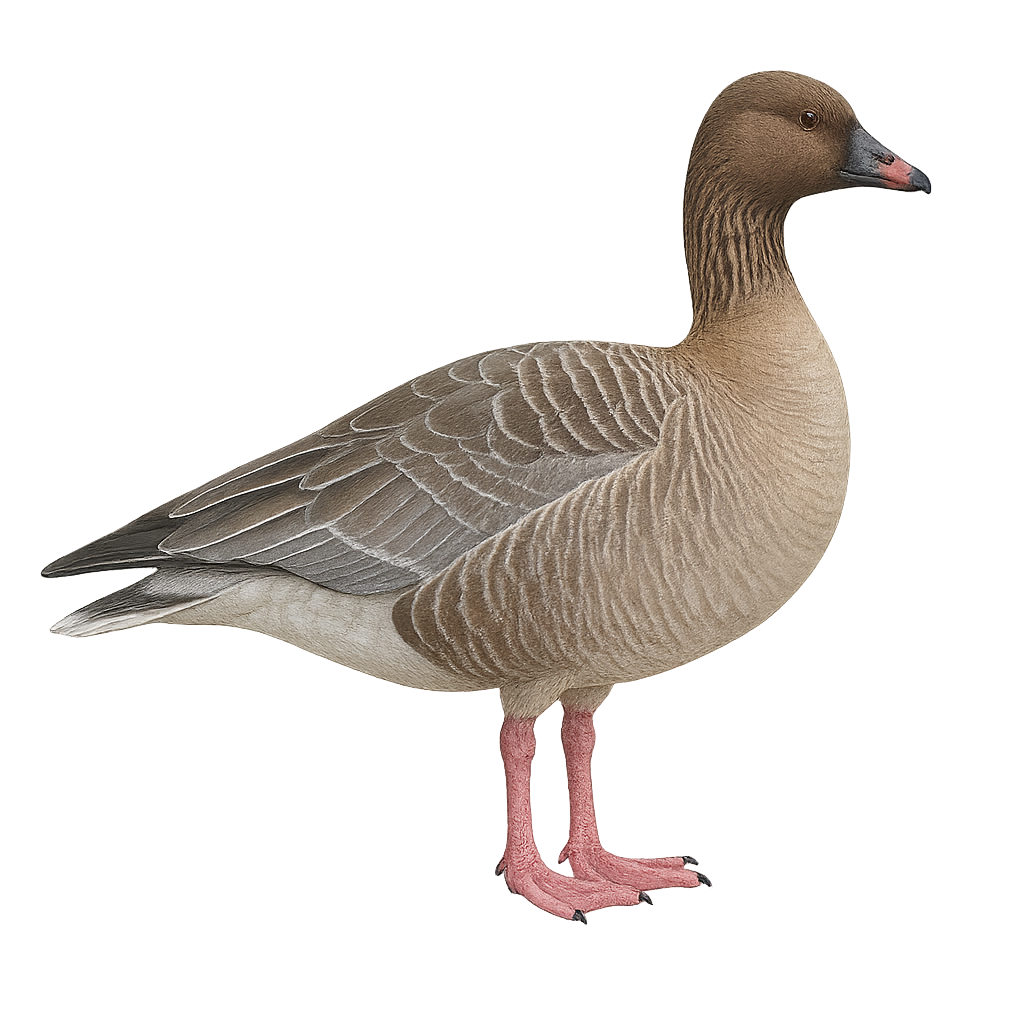Your wildlife photography guide.
Explore the pink-footed goose in detail, study its behavior, prepare your shots.
Where to observe and photograph the pink-footed goose in the wild
Learn where and when to spot the pink-footed goose in the wild, how to identify the species based on distinctive features, and what natural environments it inhabits. The WildlifePhotographer app offers tailored photography tips that reflect the pink-footed goose’s behavior, helping you capture better wildlife images. Explore the full species profile for key information including description, habitat, active periods, and approach techniques.
Pink-footed Goose
Scientific name: Anser brachyrhynchus

IUCN Status: Least concern
Family: ANATIDAE
Group: Birds
Sensitivity to human approach: Suspicious
Minimum approach distance: 30 m
Courtship display: May to June
Incubation: 25-27 jours
Hatchings: June to July
Habitat:
Wetlands, marshes, grasslands
Activity period :
Primarily active during the day, with peak activity in the morning and late afternoon.
Identification and description:
The Pink-footed Goose, Anser brachyrhynchus, is a medium-sized waterfowl species belonging to the Anatidae family. It is characterized by its short pink bill, pink legs, and grey-brown plumage. This goose breeds mainly in Iceland, Greenland, and Norway, migrating to the UK and the Netherlands for winter. It prefers wetlands, marshes, and grasslands for feeding, primarily on aquatic plants and grasses. In flight, it forms V-shaped groups, typical of geese. Although its conservation status is currently of "least concern," it is sensitive to climate change and habitat loss.
Recommended lens:
400 mm – adjust based on distance, desired framing (portrait or habitat), and approach conditions.
Photography tips:
To photograph the Pink-footed Goose, it is advisable to use a telephoto lens of at least 400mm to capture detailed images without disturbing the bird. The best opportunities arise early in the morning or late afternoon when the light is soft. Look for wetlands or grasslands where they feed. Be patient and discreet, wearing neutral-colored clothing to blend into the environment. A tripod can be helpful to stabilize your camera, especially when using a long focal length.
The WildlifePhotographer App is coming soon!
Be the first to explore the best nature spots, track rutting seasons, log your observations, and observe more wildlife.
Already 1 441 wildlife lovers subscribed worldwide

